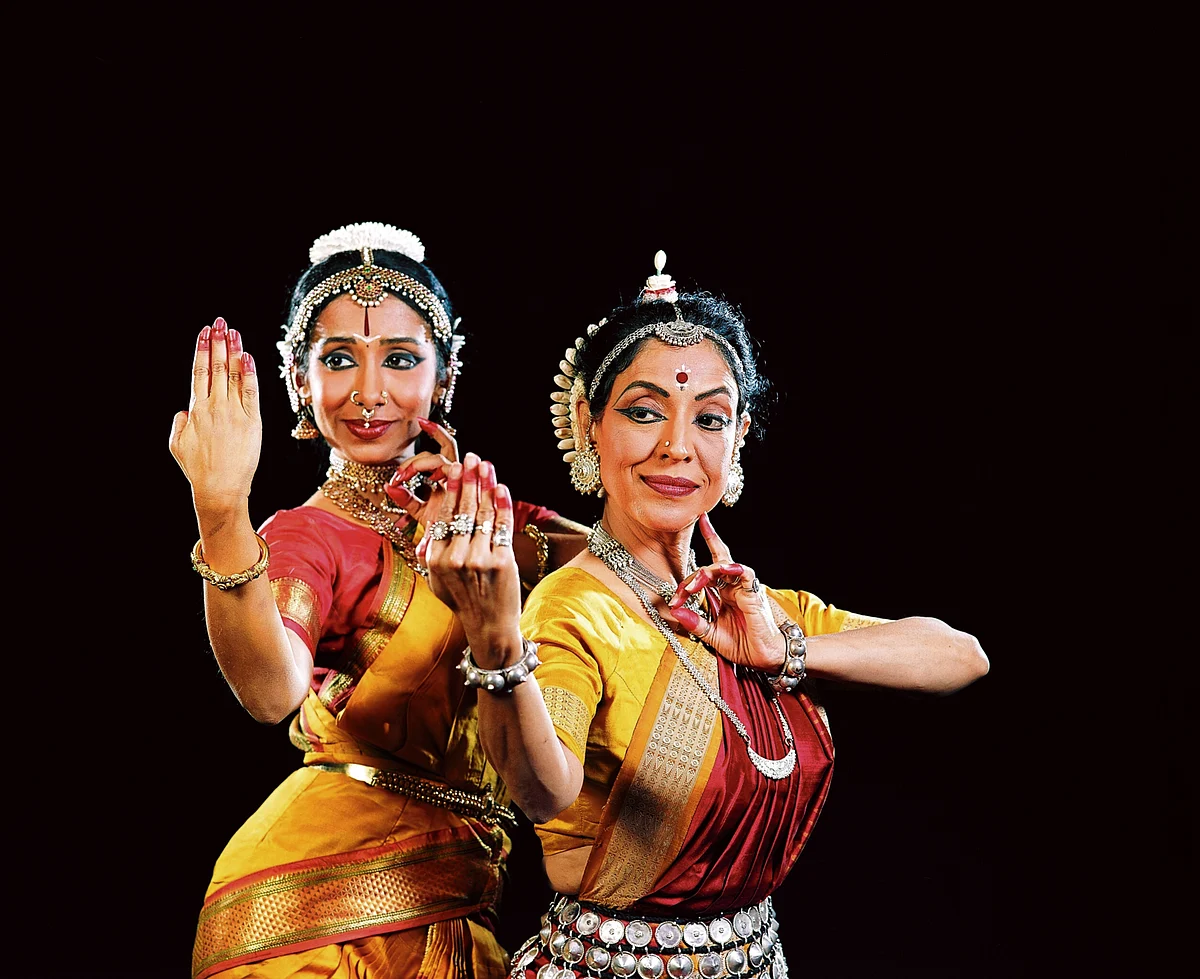
India's Living Heritage: Quiet Efforts, Lasting Impact
Heritage is more than stone monuments or colorful crafts. It is the accumulated wisdom of communities, expressed through architecture, music, dance, textiles, and traditions that bind past to present. For a country as vast and diverse as India, safeguarding this inheritance is both a challenge and a responsibility. In recent years, India has shown a quiet but deliberate commitment to preserving its cultural heritage, through laws, certifications, awards, restoration projects, and promotion of both tangible and intangible traditions.
Protecting crafts and artisans
Recommended For YouOne of the most effective strategies has been the Geographical Indication (GI) system, which provides legal protection to region-specific crafts. Tamil Nadu's Kanchipuram silk sarees, Uttar Pradesh's Banarasi brocades, Andhra Pradesh's Kalamkari textiles, and Assam's Muga silk all carry GI tags that certify authenticity and protect artisans from imitations. These certifications are more than labels, they ensure global buyers recognize the value of true handloom traditions, thereby sustaining both incomes and identities.
In Rajasthan, blue pottery and miniature paintings have been revived through tourism and government-backed craft fairs. In Gujarat, the Ajrakh block printing tradition of Kutch has found new global audiences, blending age-old techniques with contemporary design. These examples demonstrate that India's heritage is not a relic, it is evolving, adapting, and finding relevance in modern markets.
Reviving performing arts
India's intangible heritage is equally vast. The Sangeet Natak Akademi plays a key role in preserving dance, theatre, and music forms, from Kutiyattam in Kerala, recognized by UNESCO as Intangible Cultural Heritage, to Baul singing in Bengal and Manganiyar music in Rajasthan. Scholarships and training programs ensure younger generations see value in mastering these arts, even as urbanization threatens to pull them away.
Festivals such as the Konark Dance Festival in Odisha and the Khajuraho Festival of Dances in Madhya Pradesh showcase classical traditions in their original settings, reinforcing the link between performance and place.
Monuments and museums
The Archaeological Survey of India (ASI) has stepped up its conservation work, from restoring Humayun's Tomb in Delhi (with help from the Aga Khan Trust for Culture) to conservation of the Konark Sun Temple in Odisha. In Varanasi, the redevelopment of ghats has balanced tourist inflows with preservation of sacred traditions.
Museums also contribute to heritage preservation. The Indian Museum in Kolkata, Chhatrapati Shivaji Maharaj Vastu Sangrahalaya in Mumbai, and the National Museum in Delhi curate thousands of artifacts. Regional museums, from the tribal museums of Chhattisgarh to the maritime museum in Lothal, ensure local histories find space alongside national narratives.
India's approach to cultural preservation is deliberate and far-reaching. Even in Jammu & Kashmir, efforts such as the“Seal of Authenticity” for crafts underline this commitment, but the story extends far beyond any one region.
Across the country, diverse traditions are being safeguarded: Madhubani paintings of Bihar, Warli art of Maharashtra, Channapatna toys of Karnataka, and the Meenakari jewelry of Jaipur are all part of a consciously crafted preservation policy. Each intervention not only protects heritage from dilution and imitation but also ensures that artisan livelihoods and community identities remain vibrant.
India's cultural policies thus weave together countless regional threads into a single civilizational tapestry, affirming that safeguarding heritage is central to the nation's story of continuity and resilience.
Linking heritage to communities
Preservation is not about freezing traditions, it is about sustaining communities. For artisans in Odisha carving Pattachitra scrolls, or weavers in Nagaland making traditional shawls, craft is livelihood. Certification, promotion, and government support translate directly into income security.
The Ministry of Textiles' Handloom Mark and initiatives like India Handmade Collective (INHAND) connect artisans directly to consumers through digital platforms. These benign-seeming programs are critical shields against exploitation, ensuring craftspeople do not vanish into anonymity in a mass-produced marketplace.
Heritage and soft power
Heritage preservation also plays into India's diplomacy. Gifts of Banarasi sarees, Pashmina stoles, or Kanjivaram silk to global leaders are not just tokens, they are soft power tools, asserting India's continuity and creativity. Yoga, Ayurveda, and classical dance performances abroad add another dimension, reinforcing the idea of India as a civilizational power with both tradition and modernity.
Challenges and the road ahead
Despite progress, challenges remain. Many crafts are under threat from mechanisation, environmental stress, or declining interest among youth. Middlemen often capture more profits than artisans. Restoration of monuments faces issues of funding, expertise, and balancing tourism with preservation.
To address this, India needs stronger community-based models of preservation. Skill training, design innovation, and digital literacy for artisans are essential. Linking heritage with sustainable tourism, such as eco-tours in the Northeast or craft circuits in Rajasthan, can create jobs while sustaining traditions.
India's heritage preservation efforts may appear modest, GI tags, seals of authenticity, cultural awards, but they are deeply consequential. They ensure that crafts, dances, and monuments remain living traditions, not museum relics. Jammu & Kashmir's craft certification is one example among many, but the real story is national: a continuous effort to protect, promote, and evolve heritage from Assam's silks to Kerala's Kutiyattam.
By safeguarding its cultural wealth, India is not only preserving the past but weaving it into the future. Heritage here is not nostalgia, it is identity, livelihood, and a bridge between civilisations.
The author is a writer at Milaybami.

Legal Disclaimer:
MENAFN provides the
information “as is” without warranty of any kind. We do not accept
any responsibility or liability for the accuracy, content, images,
videos, licenses, completeness, legality, or reliability of the information
contained in this article. If you have any complaints or copyright
issues related to this article, kindly contact the provider above.


















Comments
No comment